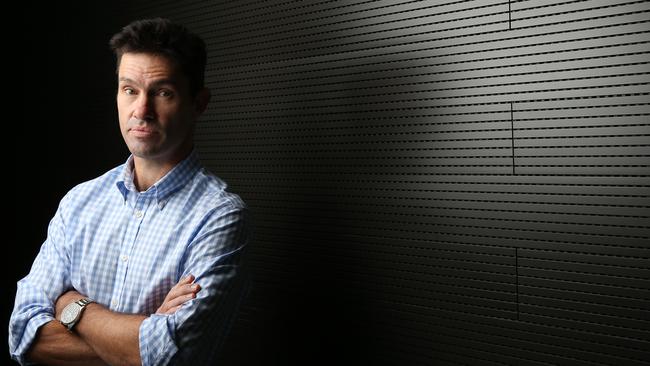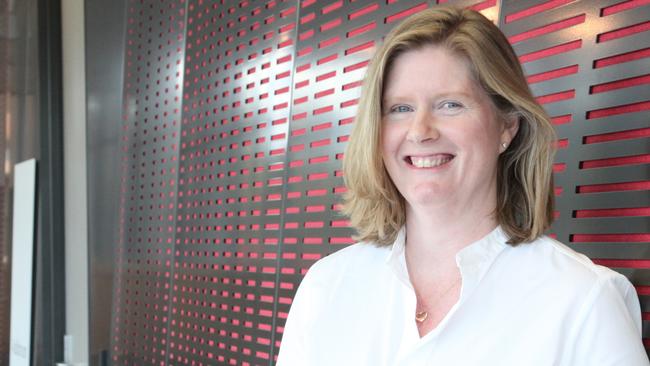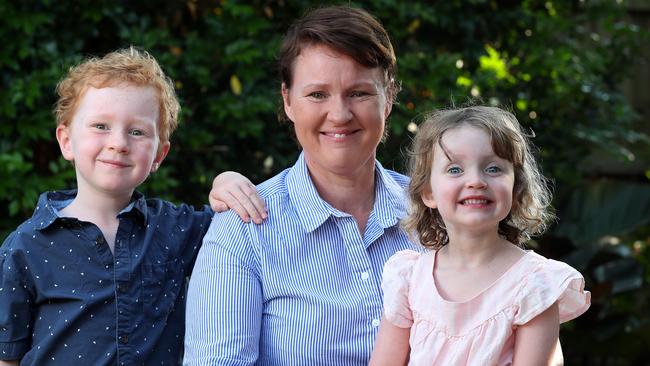Qld researchers take another step towards the development of a genetic risk profile for melanoma
Queensland researchers have made new findings about people with a genetic risk of melanoma, as well as other factors that can lead to a 50 per cent increase in the chances of getting them — and what precautions you should be taking to avoid them.
QLD News
Don't miss out on the headlines from QLD News. Followed categories will be added to My News.
QUEENSLAND researchers have taken another step towards the development of a genetic risk profile for melanoma that will allow doctors to warn parents about children most susceptible to excessive sun exposure.
Scientists at the QIMR Berghofer Medical Research Institute tracked about 15,000 Queenslanders for over four years to explore how genes and sun exposure affected their chances of developing the potentially deadly skin cancer.
Melanoma Institute ambassador Cate Campbell opens up about melanoma scare for Game On Mole campaign
Wanted: 20,000 Aussies to take part in the world’s largest genetic study of skin cancer
Vitamin A rich foods could be the secret to reducing skin cancer
In that time, 420 of the participants developed melanoma for the first time.

Using data from QSkin, the world’s largest genetic study of skin cancer, they found people with genes that predisposed them to melanoma only needed modest levels of exposure to Australia’s sunny climate to develop the skin cancer.
QIMR Berghofer cancer control group head David Whiteman said: “Our data show that people who are born and grow up in Australia have a 50 per cent increased risk of melanomas, while those migrating to Australia as adults, who have the same genes, are less likely to develop the deadly disease.
“This confirms that sun damage up to the age of about 20 is particularly dangerous for people with a higher genetic risk, because it’s enough to trigger melanomas and they don’t need long, cumulative exposure as well.”
Professor Whiteman, who led the latest research, said people with a lower genetic risk profile were still susceptible to developing melanomas, but they “need to get a large enough dose of sunlight over their lifetime”.
“These people will often have lots of sunspots as a result of that exposure,” he said.
QSkin study project manager Catherine Olsen said the new research, published today in the British Journal of Dermatology, was believed to be the first work looking at the interaction between a person’s DNA and sun exposure.

The researchers are hoping to recruit about 15,000 more people willing to provide a saliva sample and answer a simple questionnaire to identify more melanoma-risk genes.
“I think we will get to the day when everyone will be genotyped at birth and everyone will have a risk profile, allowing doctors to give advice about sun exposure tailored to their risk profile,” Dr Olsen said.
“That’s the hope.”
Brisbane Mum Alissa Gordon is particularly sun safe with her children Jonty, 5, and Asher, 3, given she has a family history of melanoma.
Her 65-year-old mother was diagnosed with melanoma in her 30s and recently had another skin cancer removed.
Alissa, who has joined the QSkin study, has also had a suspect mole removed from her back that doctors believed would have turned into a melanoma if left untreated.

She said she was vigilant with Jonty and Asher, limiting their time in the sun, making sure they had sunscreen on when outdoors and that they wore hats and long sleeves.
Jonty’s red hair puts him at increased risk of skin cancers.
“It just makes me extra careful when it comes to him,” Ms Gordon said.
“He’s a child that doesn’t like to put sunscreen on.”
Australia has the highest rates of skin cancer in the world.
To join the QSkin study: qimrberghofer.edu.au/qskin2/


